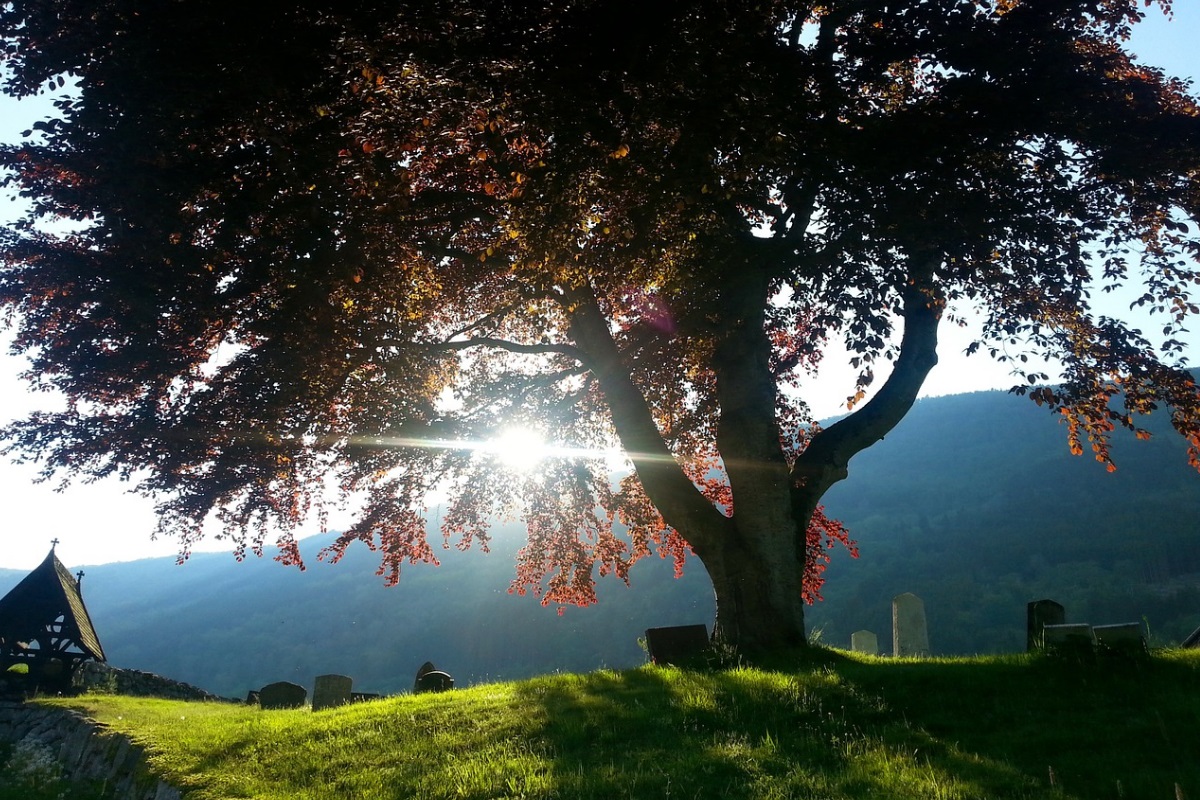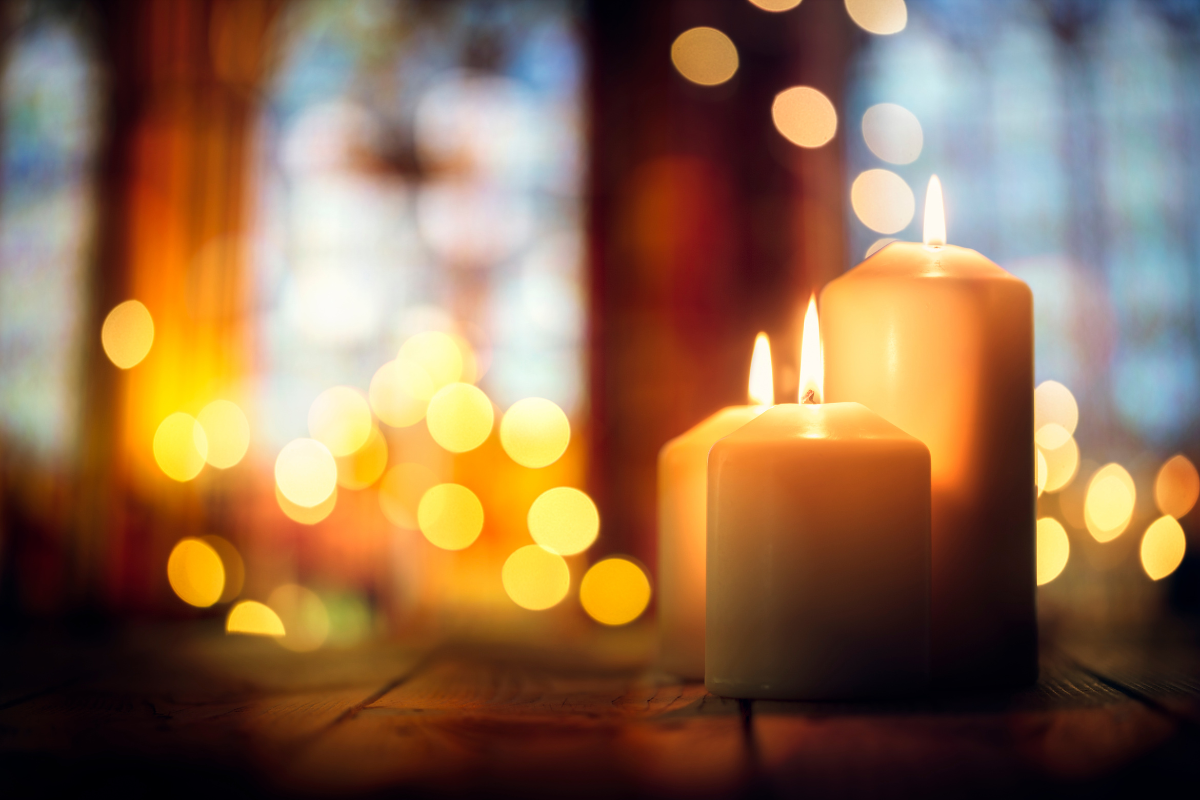What is a Green Burial?

There’s a lot of talk these days about going green. We recycle more. We try to protect and preserve green spaces. When you combine these growing environmental concerns with a growing desire to include more personal touches in funeral arrangements, it is no surprise that many people are look to the option of a green burial.
What is a Green Burial?
The green burial definition is a natural burial that conserves natural resources, preserves the environment, and protects the health of industry workers. There is no vault and everything used for the burial, including shrouds, caskets or urns, must be non-toxic and biodegradable. In many respects, a green or traditional burial is very similar to how burials were handled before embalming and more ornate coffins became the norm in the 20th century.
How Do You Ensure a Burial Meets Green Burial Standards?
1. Avoid Toxic Chemicals
A traditional funeral will usually include the use of formaldehyde to embalm the body, slowing the decomposition process. These chemicals can be dangerous for funeral home staff and eventually leach into the soil. Families can ask to have refrigeration or dry ice used instead. This is actually a common request in Jewish and Muslim funerals.
2. Use Natural Burial Containers
Many caskets are made with chemically treated wood that is not environmentally friendly. As an alternative, families can ask for a casket made from untreated, sustainably harvested wood. Casket liners should also be made of a natural, organic material. Some families choose to use a shroud made from a simple cloth to wrap the body instead of a casket.
3. Avoid Concrete Vaults
While concrete vaults themselves are non-toxic, the production of a vault generates a large amount of carbon dioxide and interferes with natural decomposition. Instead, the body can be buried in a casket or shroud without the added vault for a green burial. Some cemeteries now dedicate a section of their property to be used exclusively for natural burial grounds.
4. Avoid Burial Altogether
Cremation is another option for those who wish to minimize their carbon footprint. While the cremation process does have an environmental impact, it is much lower than traditional burials. An important consideration in keeping cremation green is where the ashes are scattered as bringing an outside element into water or the woods can affect that environment. Instead, families can use services that turn ashes into new underwater habitats or plantable soil for a memorial tree or garden.
Crossroads Hospice & Palliative Care supports chronically ill patients, hospice patients and their families including providing resources for those planning funeral arrangements and grief support for those who need it. For more information, please call us at 1-888-564-3405.
Recommended Reading:
3 Things to Know about Scattering Ashes
Body Donation After Death: What You Need To Know
Unique Funeral Traditions from Around the World
If you found this information helpful, please share it with your network and community.
Copyright © 2018 Crossroads Hospice & Palliative Care. All rights reserved.




